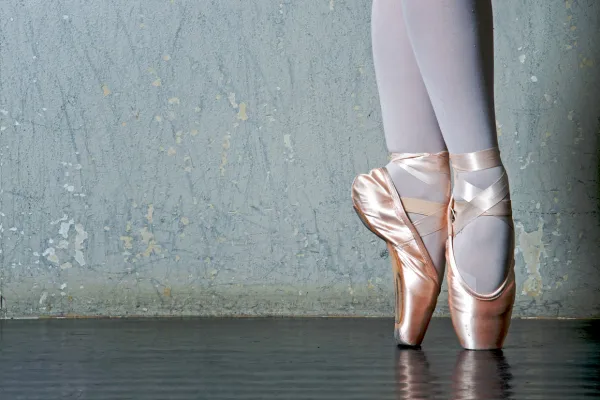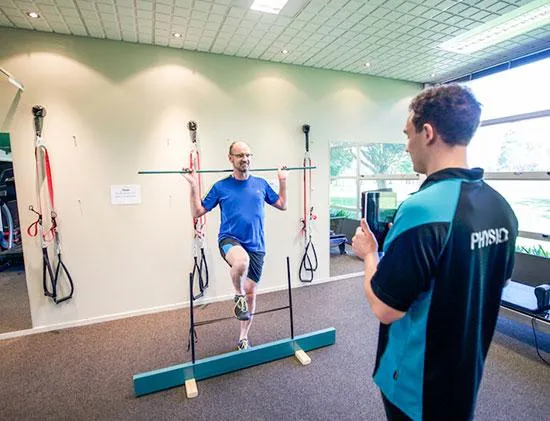
The Science Behind En Pointe Assessments: Why They Are Crucial for Ballet Dancers
Transitioning to en pointe is a milestone every ballet dancer dreams of achieving. The ability to dance on the tips of your toes is not just an aesthetic achievement; it’s a technically demanding skill that requires strength, precision, and a deep understanding of body mechanics. Unfortunately, jumping into pointe work without proper preparation can lead to serious injuries that can derail a dancer’s career or progress. This is where an En Pointe Assessment becomes essential.
In this post, we’ll explore the science behind why En Pointe Assessments are so crucial for ballet dancers and how they can help ensure a safe, effective transition to pointe work.
What is an En Pointe Assessment?
An En Pointe Assessment is a specialized evaluation that focuses on a dancer’s readiness to go en pointe. It examines key aspects like ankle strength, foot alignment, flexibility, and overall technique. The goal is to determine whether a dancer’s body is physically prepared to handle the immense stress that pointe work places on the feet and ankles.
Unlike other forms of dance, pointe work requires the dancer to balance their entire body weight on their toes, which places considerable pressure on the foot, ankle, and lower leg muscles. Without the proper preparation, a dancer is at a higher risk of developing injuries such as sprained ankles, tendonitis, or stress fractures.
Why Is Ankle Strength So Important?
One of the most critical factors in pointe work is ankle strength. The ankle is the foundation for all the intricate movements involved in ballet, particularly when en pointe. As a dancer moves from flat to pointe, the muscles, ligaments, and tendons around the ankle must support the dancer’s body weight, often while executing complex footwork and balances.
The muscles involved in pointe work, such as the tibialis anterior, calf muscles, and intrinsic foot muscles, need to be strong and well-coordinated. An En Pointe Assessment evaluates these muscle groups and their ability to withstand the added load during pointe work. If these muscles are not strong enough or aren’t firing correctly, the risk of injury increases, and the dancer will not be able to execute proper technique.
The Role of Foot Alignment
Proper foot alignment is another critical aspect of the En Pointe Assessment. Dancers must have excellent alignment in their feet to ensure proper balance and to prevent unnecessary strain. Misalignment can lead to instability on pointe, which increases the risk of injuries such as sprains, strains, and missteps.
During an En Pointe Assessment, physiotherapists check for issues such as flat feet, high arches, and toe misalignment, which can affect a dancer’s ability to balance and perform en pointe. They may also assess the mobility of the ankle joint to ensure that it can move fluidly without restriction. This allows the dancer to move with grace and control, minimizing the risk of injury.
Flexibility and Range of Motion
Flexibility is another essential component of a successful transition to pointe. Dancers need to have a high degree of flexibility in the calves, Achilles tendon, and plantar fascia to allow for proper foot articulation and extension. Without sufficient flexibility, a dancer cannot achieve the necessary foot position on pointe, and this can lead to both performance limitations and potential injuries.
An En Pointe Assessment will evaluate how flexible the dancer’s feet and lower legs are, checking for any tightness or restrictions that could hinder their ability to perform safely en pointe. Physiotherapists can then recommend targeted stretches and exercises to improve flexibility and prepare the body for the demands of pointe work.
Ensuring Proper Technique and Injury Prevention
In addition to evaluating physical readiness, an En Pointe Assessment also looks at the dancer’s overall technique. The dancer must be able to maintain good posture, proper weight distribution, and correct body mechanics while en pointe. Poor technique can lead to a range of injuries, from foot deformities to knee and hip pain.
During the assessment, the physiotherapist will analyze the dancer’s posture, alignment, and strength. They will also look at how the dancer performs specific movements like relevé (rising onto the toes), balance, and pirouettes on pointe. Any issues with technique or alignment can be corrected through targeted exercises and adjustments before transitioning to pointe.
Tailored Feedback and Exercises
After the assessment, the physiotherapist provides detailed feedback and a personalized plan for the dancer. This plan may include specific exercises to strengthen key muscles, improve flexibility, and correct any alignment issues. The goal is to help the dancer reach their maximum potential, while reducing the risk of injury during pointe work.
For example, strengthening exercises might focus on improving ankle strength, foot articulation, and calf endurance. Stretching routines may target areas that are tight or stiff, such as the Achilles tendon or the hip flexors. These exercises are designed to be done regularly to ensure the dancer’s body is in the best possible condition before attempting pointe work.
Final Thoughts
En pointe work is an extraordinary milestone in a dancer’s journey, but it requires a solid foundation of strength, flexibility, and proper technique. En Pointe Assessments are vital for ensuring that a dancer is physically and technically prepared to dance on pointe safely. By identifying potential weaknesses or misalignments before they become issues, physiotherapists can help dancers achieve their pointe dreams with confidence and reduce the risk of injury.
At Muscle People Physiotherapy, we are passionate about supporting dancers at every level. Our En Pointe Assessments are designed to ensure that dancers transition to pointe work in the safest and most effective way possible. If you’re considering going en pointe or want to check your readiness, contact us today to schedule your assessment.



